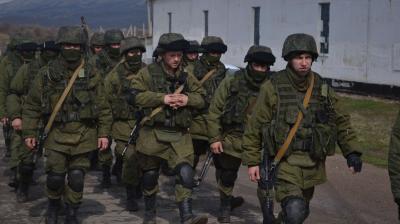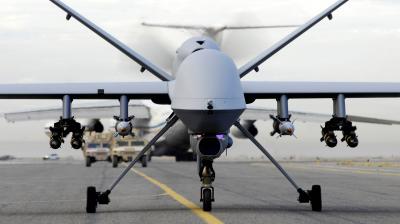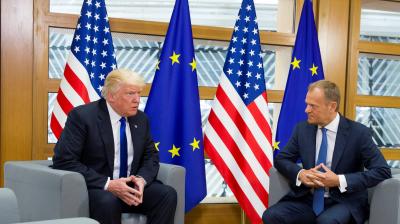Modernizing conventional arms control in the Euro-Atlantic region
Europe’s conventional arms control architecture requires a thorough makeover. Today’s arms control and confidence-building arrangements are based on two legally binding pillars: the Conventional Armed Forces Europe (CFE) Treaty of 1990 and the Open Skies Treaty of 1992. The Vienna Document on Confidence- and Security-Building Measures (CSBMs), originally adopted in 1990 and most recently updated in 2011, is politically binding and aims to increase the transparency of military postures and activities in Europe. Today, these arrangements are either blocked or in dire need of modernization.
Political initiatives are required to start a new East-West détente and to avoid the steady escalation of bloc-to-bloc conflict and the hardening of positions. These initiatives should clarify what sort of regulatory framework and institutional venue will work best to modernize arms control, what the scope should be in terms of territory and capabilities, and how much of the existing arrangements (notably the CFE) can still be used.
In this report author Peter van Ham presents a number of key questions regarding a future arms control regime:
it should reflect today's geostrategic realities, acknowledge growing distrust between Russia and the West, and make a direct impact on military stability;
- there should be sufficient incentives for Russian engagement;
- there should be a status-neutral approach to conflict areas and a 'bloc-to-bloc (i.e. NATO-Russia) approach;
- a re-evaluation should be made on whether the focus should still be on force levels and fixed and verifiable territorial ceilings;
- it should be decided what military systems and capabilities should be included in new arms control arrangements and on the organization of transparency;
- a decision needs to be made regarding the scope of future arms control arrangements and on if there still should be a 'firewall' between conventional and nuclear arms.
The following elements are widely considered essential to any future arms control regime:
- numerical limits should not be aggregated into any sort of 'bloc';
- transparency and verification have to be 'reinvented';
- a consultative body should be established in order to manage a future new agreement and to resolve any emerging ambiguity and conflicts.








